The Department of Home Affairs has just submitted to the Ho Chi Minh City People's Committee a proposal for approval of the overall project to rearrange and reorganize public service units under the People's Committees of districts, towns, and Thu Duc City, including schools, medical centers, and health stations.
In the field ofeducation and training, the whole city has 1,247 preschool, primary and secondary schools under the People's Committees of districts, towns and Thu Duc City. Of which, there are 469 preschools, kindergartens; 494 primary schools; 284 secondary schools. In addition, there are 29 vocational and continuing education schools in the area.
According to the proposed plan of the Ho Chi Minh City Department of Home Affairs, public kindergartens, primary schools, and secondary schools will be transferred in their original state (in terms of total number of units; payroll, personnel; all functions and tasks of state management) from the district-level People's Committee to the new commune-level administrative unit for management.

5th grade student at Le Van Tho Primary School, District 12, Ho Chi Minh City
PHOTO: THUY HANG
Specialized education schools are transferred to the Department of Education and Training for management. Similarly, vocational education centers - continuing education centers, and secondary schools are also transferred to the Department of Education and Training for management and reorganization in the direction of providing services in inter-commune and inter-ward areas.
Particularly, Thu Duc College of Economics and Technology and Thu Thiem College will adjust the decision to authorize the Department of Education and Training to manage.
The Department of Home Affairs assesses that this plan is in line with the immediate direction of the Prime Minister and the Steering Committee for the reorganization of administrative units. At the same time, it helps stabilize school operations, avoid disruptions in the implementation of state management tasks of the new commune-level government, and ensure timely enrollment and recruitment of personnel for the 2025-2026 school year.
This plan is also consistent with the planned arrangement in the two provinces of Binh Duong and Ba Ria - Vung Tau in the arrangement of public service units in the education sector. After the Law on Teachers and the new decree are issued, the Department of Education and Training will advise the Ho Chi Minh City People's Committee to rearrange units in the education sector.
Add more than 1,500 staff to ward health stations
In the health sector, Ho Chi Minh City currently has 22 district-level health centers and 273 ward, commune and town health stations, of which the health center is a public service unit model under the district-level People's Committee, while the health station is under the health center, without specific legal status.
When abolishing the district level, the Department of Home Affairs proposed to reorganize 22 existing health centers into 10 regional health centers, which are public service units under the Department of Health, to organize service provision according to inter-commune and ward areas according to the principle of arrangement suitable to geographical and population characteristics. Each regional health center will be in charge of about 1 million people, with priority given to maintaining regional health centers in suburban districts.
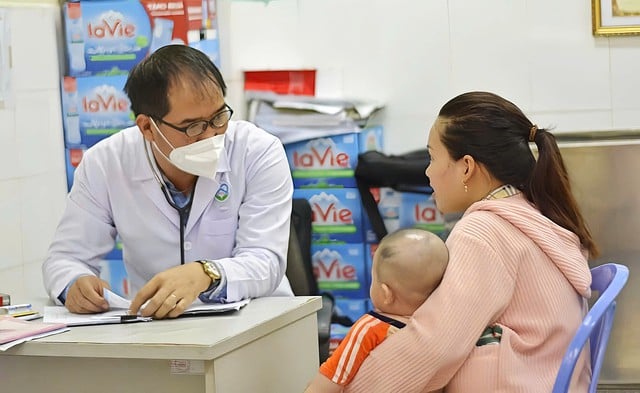
Doctors at the ward health station examine children in Ho Chi Minh City.
PHOTO: DU YEN
For 4 medical centers with inpatient beds (District 3, District 5, District 10 and Can Gio District), the treatment block will be transferred to a general hospital or a second facility of a provincial general hospital to organize medical examination and treatment. The preventive medicine block will be transferred to a regional medical center.
273 ward, commune and town health stations before being arranged into 102 health stations under the management of the People's Committee of the new commune and ward to meet the primary health care needs of the people. Health stations are complete public service units with their own seals and accounts.
Regarding human resources, each health station needs 5 people/6,000 people, if the population increases by 2,000 - 3,000 people, then 1 more staff will be added. Based on that, 102 new health stations need at least 3,626 people.
Currently, the health station has 2,067 employees, so it needs to add 1,559 people. This number of employees can be transferred from the district health center and ensure that there is no increase in staff compared to before the arrangement. Each health station has a minimum of 4 doctors.
The Ho Chi Minh City Department of Home Affairs said that this plan is consistent with the Central Government's orientation and the city's reality, and has been agreed upon by 22 districts and Thu Duc City.
Source: https://thanhnien.vn/tphcm-sap-xep-truong-hoc-de-tranh-xao-tron-tuyen-sinh-khi-bo-cap-huyen-185250516094050333.htm



![[Photo] Prime Minister Pham Minh Chinh holds talks with Prime Minister of the Kingdom of Thailand Paetongtarn Shinawatra](https://vphoto.vietnam.vn/thumb/1200x675/vietnam/resource/IMAGE/2025/5/16/23b5dd1e595d429491a54e3c1548fb79)
![[Photo] Welcoming ceremony for Prime Minister of the Kingdom of Thailand Paetongtarn Shinawatra on official visit to Vietnam](https://vphoto.vietnam.vn/thumb/1200x675/vietnam/resource/IMAGE/2025/5/16/cdd9e93739c54bb2858d76c3b203b437)





































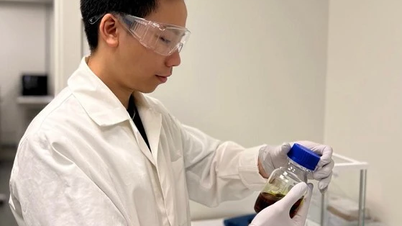




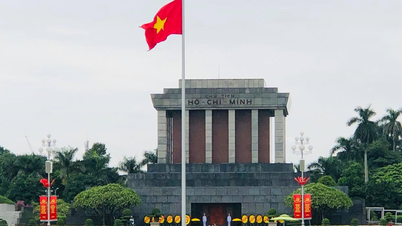











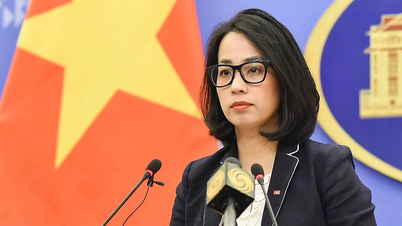

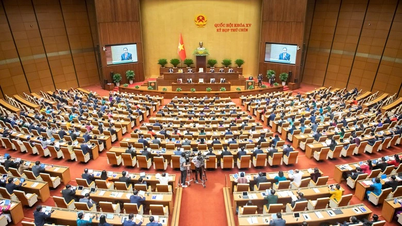

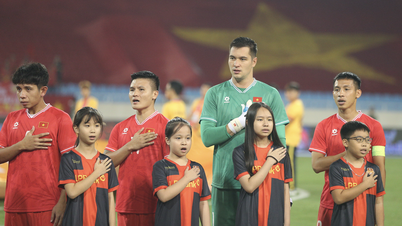


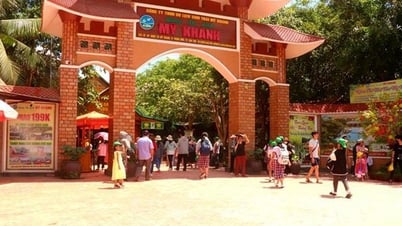





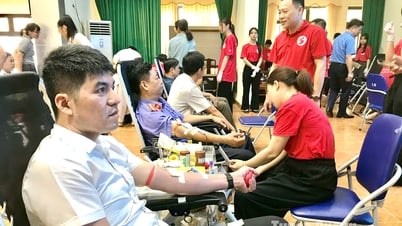




















Comment (0)